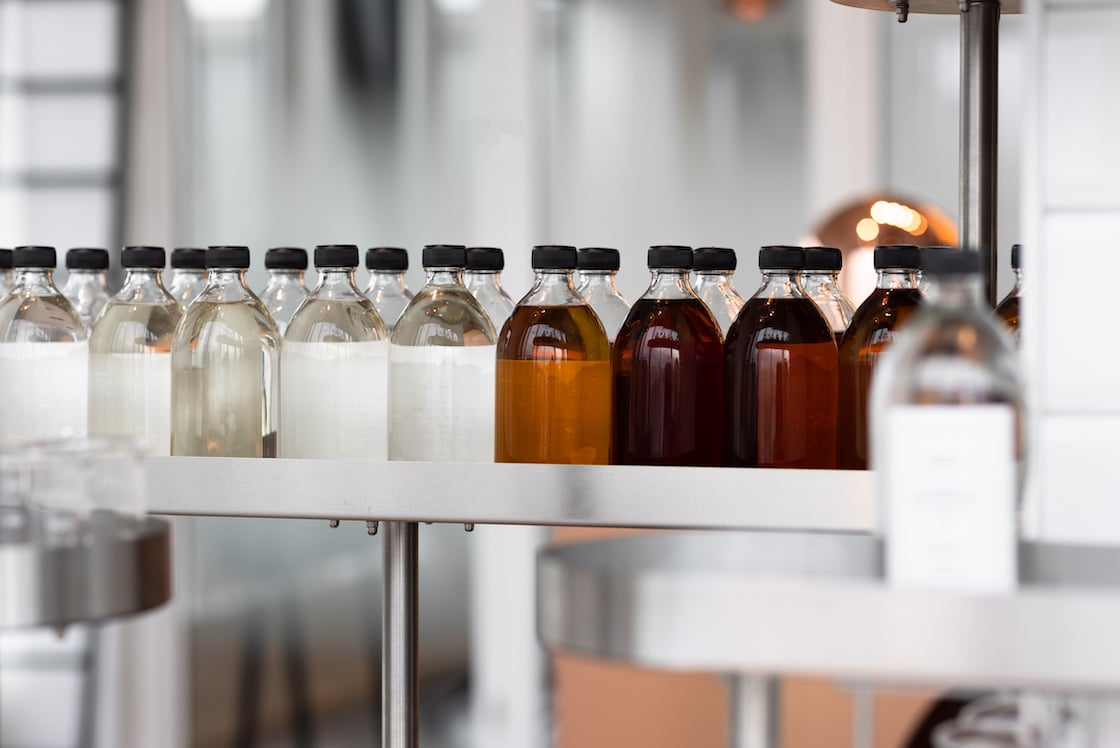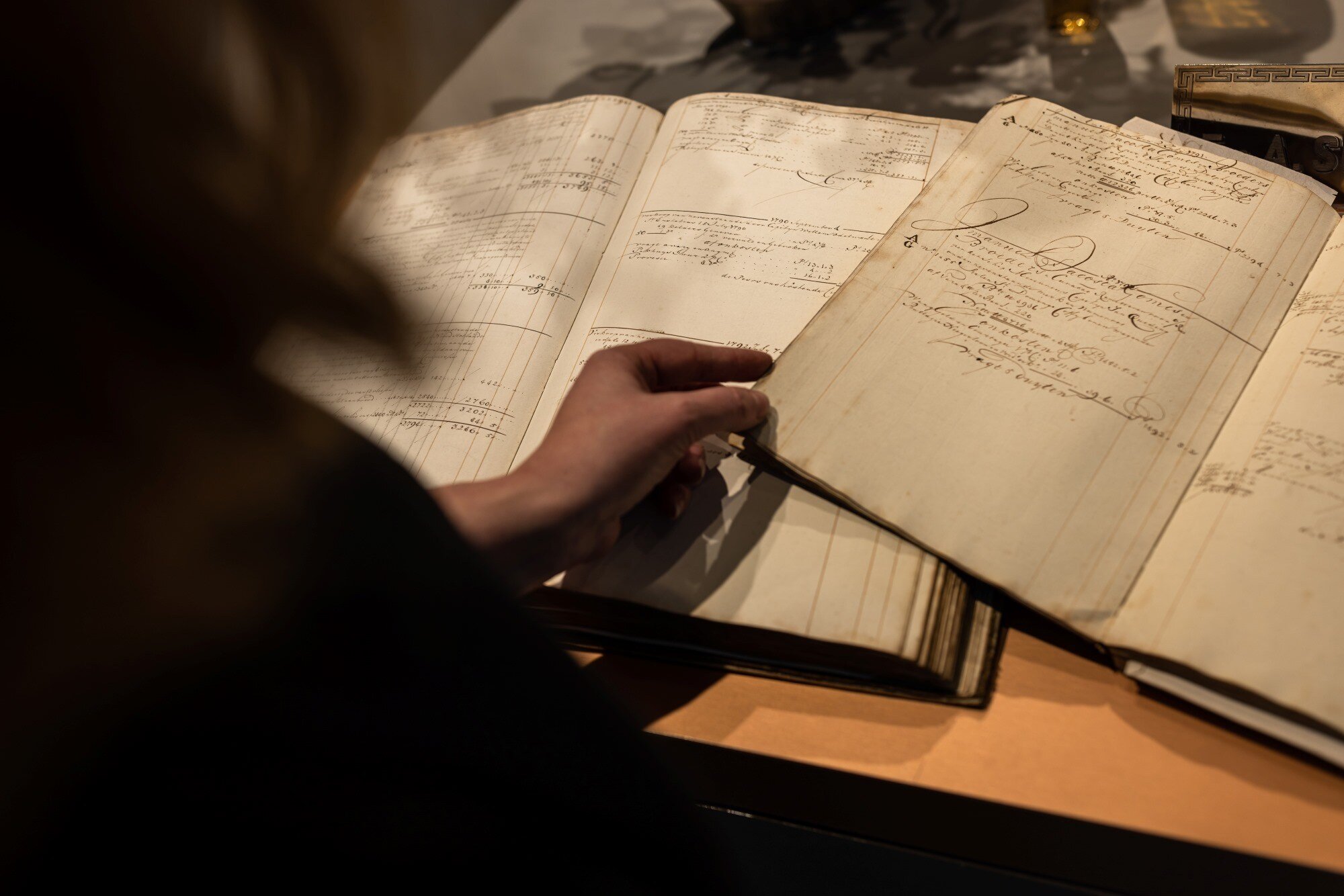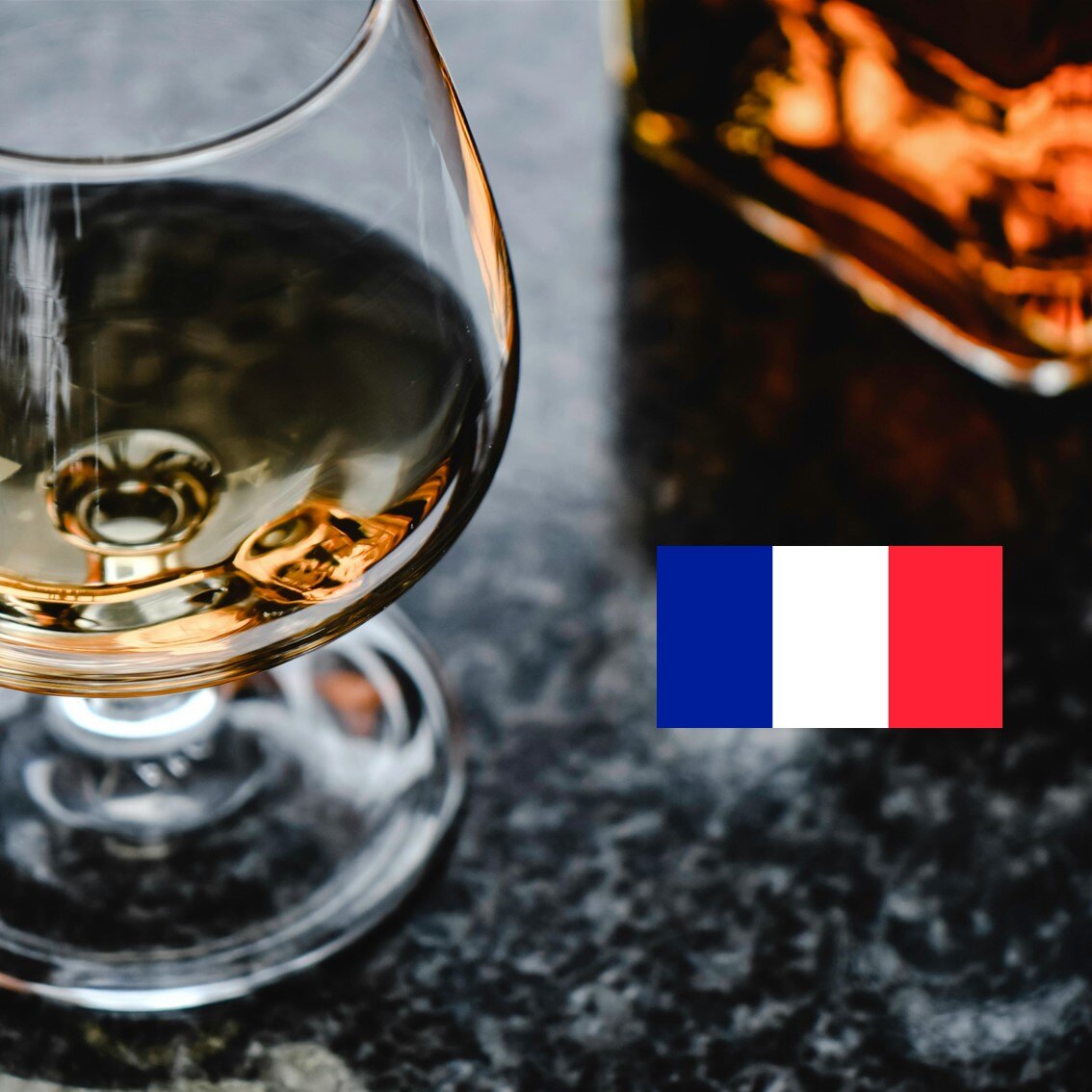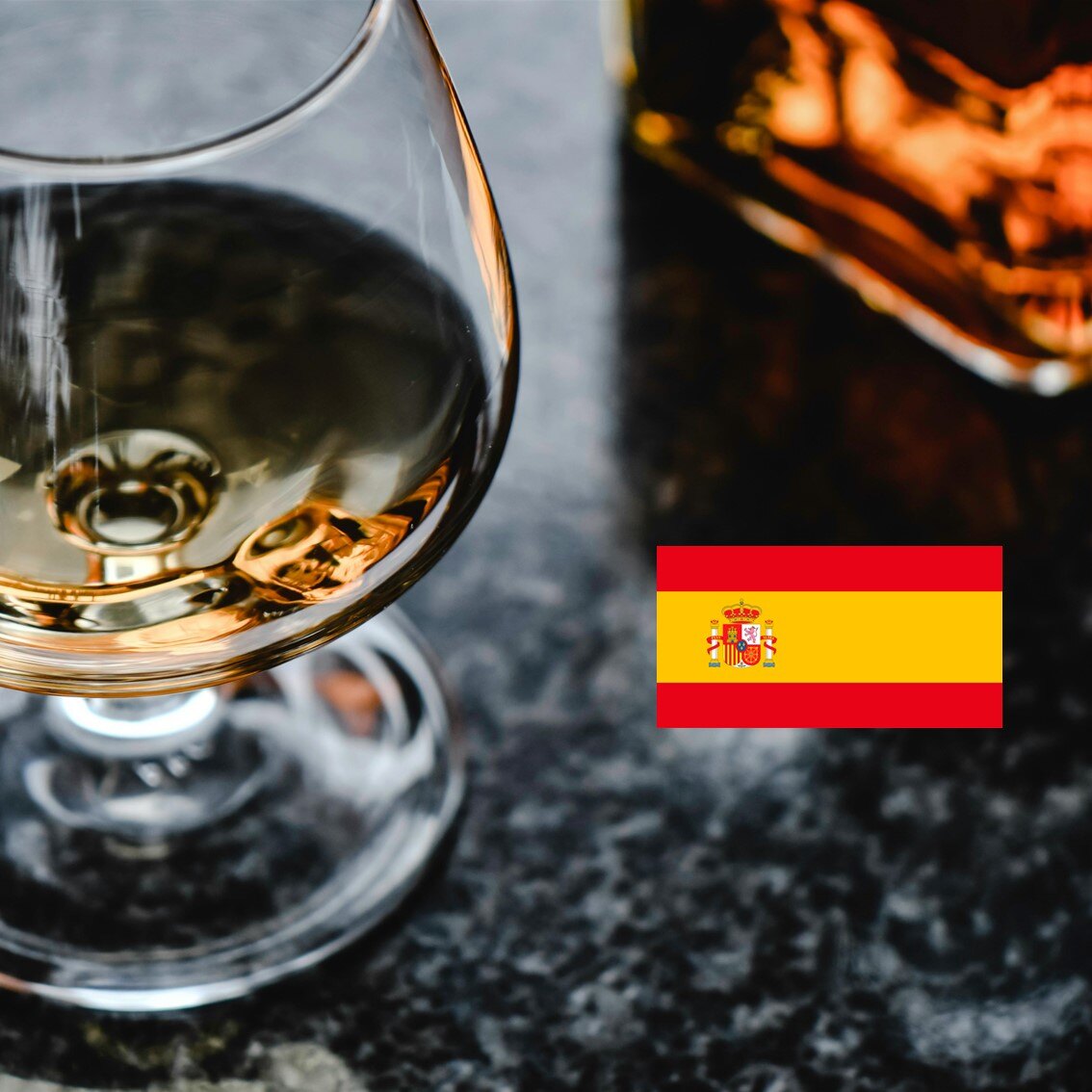All About English-style Rum
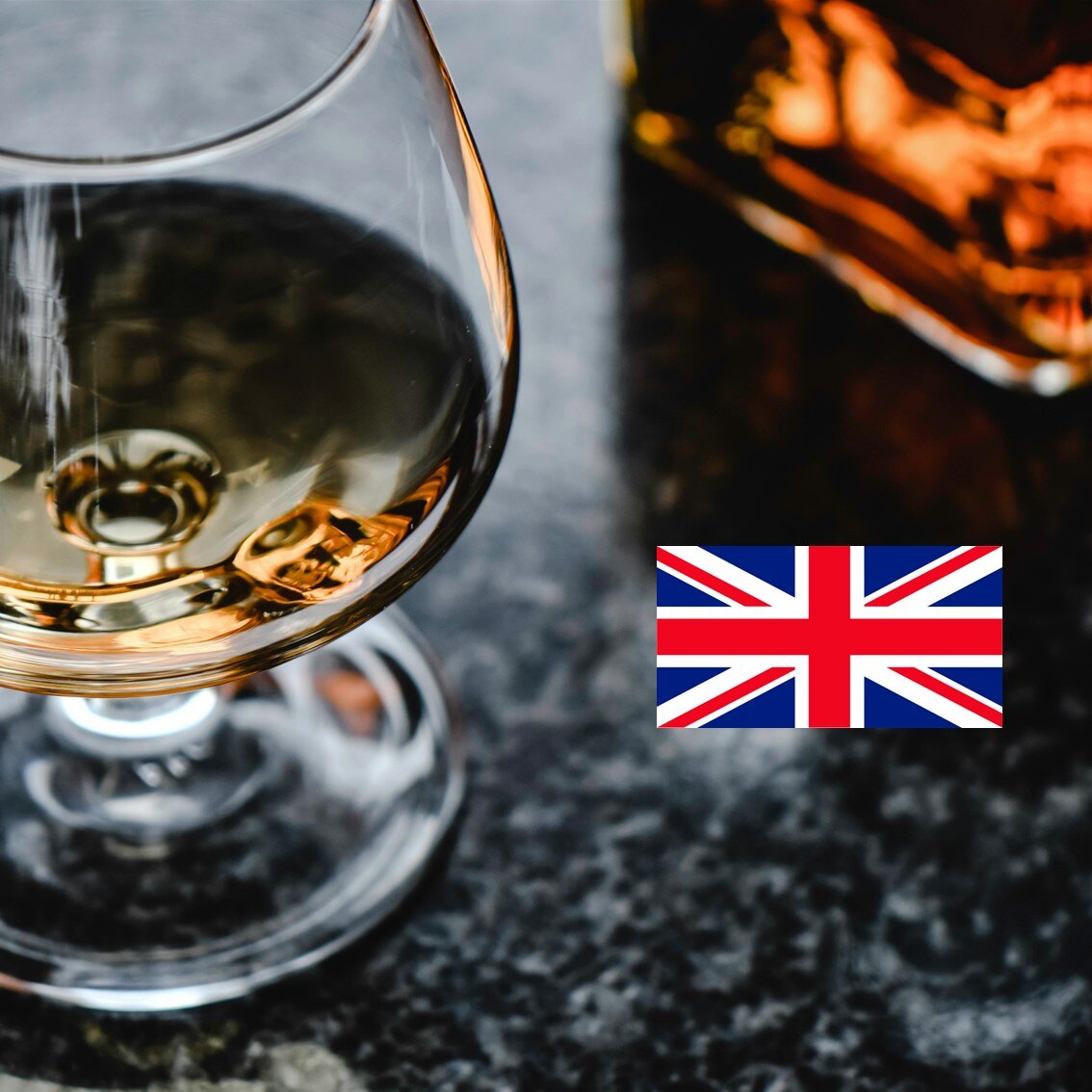
All About English Style Rum
English-style Rum is perhaps the most long-standing Rum type compared with its counterparts. From the early days of small-batch distillation on the Caribbean coast to modern industrialised column-based production, English Rum is imbued with a long history of tradition. In this article, we will explain more about its origins, its place in the beverage world, and how it compares to other heritage Rum.
History and origins
The types of Rum we now refer to as English-style originated in the Caribbean, with the first recorded Rum production taking place in Barbados. Former British colonies utilized the traditional English distillation method, known as pot still distillation (also used in the Whisky industry), resulting in a heavy-bodied style of Rum now referred to as English-style Rum.
The British Navy, with its daily Rum ration for its seamen, played a pivotal role in popularising this spirit. As the British sailed across the world, more and more regions came into contact with Rum and its unique taste. The demand for Rum expanded, and the industrial revolution of larger stills propelled this growth. Over time, English-style Rum evolved, with distillers refining their techniques and ageing processes, resulting in the complex and diverse range of Rum we enjoy today. While English-style Rum is typically distilled using pot still distillation, blends can also consist of a combination of pot and column still distillates.

English-style Rum on the world stage
The English-style Rums have left a mark on the global spirits industry, influencing the culture and economy of numerous countries far beyond its Caribbean origins. This distinctive Rum has become a staple in bars and homes worldwide. For example, Jamaican Rum, which carries British heritage, is often the backbone for classic cocktails like the Daiquiri and the Mai Tai. The craftsmanship and heritage associated with English Rum have elevated it to a high status, attracting connoisseurs and collectors alike.
Common characteristics between regions
Different British heritage regions produce Rum with their own traditions, though they often have some traits in common. These Rums are typically distilled from molasses, a byproduct of sugar production. The molasses is fermented for a few days up to a month. They can also undergo a lengthy ageing process in oak barrels. Traditional distilleries use copper pot stills to distil alcohol from the fermented molasses, though some producers also employ column stills.
Different types of English-style Rums
As mentioned, English-style Rum is commonly produced outside England and the UK, particularly in the Caribbean islands such as Jamaica, Barbados, and Trinidad. Each region possesses its own traditions for producing Rum, which gives rise to different and unique flavours.
Jamaican Rum
Jamaican Rum is highly esteemed in the spirits industry for its robust and distinctive fruity notes. Enthusiasts of Jamaican Rum often mention terms like "high ester count" and "lengthy fermentation process." This unique flavor profile is believed to originate from the addition of dunder (an undisclosed ingredient in the distillation process) and muck (a flavor enhancer consisting of a distiller's blend of carboxylic acids that interact with ethanol to produce robust and high esters). Additionally, Jamaican Rum has been a geographic indication (GI) since 2016. This means regulations are involved in producing Jamaican Rum, which we have detailed in our dedicated article about this spirit.
Read more: All about Jamaican Rum
Barbados Rum
Barbados Rum is typically made using both pot and column stills. The island’s Rums are typically aged in oak barrels. Barbados Rum combines the meticulous ageing process with the island's rich distillation heritage.
Trinidad Rum
It is said that Trinidad Rum is distinguished by its refined and sophisticated character, which embodies the essence of traditional English Rum with a twist. Crafted primarily from molasses and typically distilled in column stills, Trinidad Rums are known for their smooth, elegant profiles and subtle complexity.
Guyana Rum
Guyana's Demerara Rum is distinctive in the world of English-style Rum. Distilled from molasses sourced from the lush Demerara River region, it has been recognized by its full-bodied sweetness and aromatic richness. Guyanese Rum is also known due to its connection to a collection of historic wooden stills. These stills, some of which are the last of their kind in the world, impart distinct characteristics to the final product.
English-style Rum and other Rum styles
Spanish-heritage Rum
While both are made from molasses, English-style Rum and Spanish-style Rum offer distinctly different palate experiences. Spanish-style Rum is distilled using only the column still, whereas English-style Rum can use both pot and column stills. Spanish producers tend to focus more on flavour extraction from the wood.
Read more: All about Spanish-style Rum
French-heritage Rum
Compared to English-style Rum, French-style Rum, often called Rhum Agricole, is distilled directly from fresh sugarcane juice rather than molasses. The difference in the raw material between these two styles underscores their unique cultural and historical backgrounds, offering Rum aficionados a broad spectrum of tasting experiences. Additionally Rums produced from molasses are referred to as '''Rhum Industriel.''
A drink unlike any other
.jpg?width=700&height=467&name=A%26S_francesstefanie-12%20(1).jpg)
English-style Rums are a testament to the rich history, craftsmanship, and cultural significance that has shaped its journey. Are you looking to purchase English-style Rum blends in bulk? E&A Scheer can help you! With 3 centuries of experience in sourcing and creating unique Rum blends with our customers, we possess the right knowledge to help your Rum business grow. Discover which Rum blend fits your purpose, or get in touch with one of our Rum specialists for help.
Frequently asked questions
What set English Rum apart from other Rums?
English-style Rum tends to be more robust and full-bodied due to traditional distillation. Unlike the Spanish-style or the French-style, it tends to have a heavier, complex flavour profile. This distinctiveness reflects its rich heritage and craftsmanship, making it versatile for enjoying neat, in cocktails, or as a collector's item.
Where can I purchase blended English Rum?
You can purchase English Style Rum blends from E&A Scheer, with consistent quality and supply. For more information, visit our Blending Tool, or contact us
